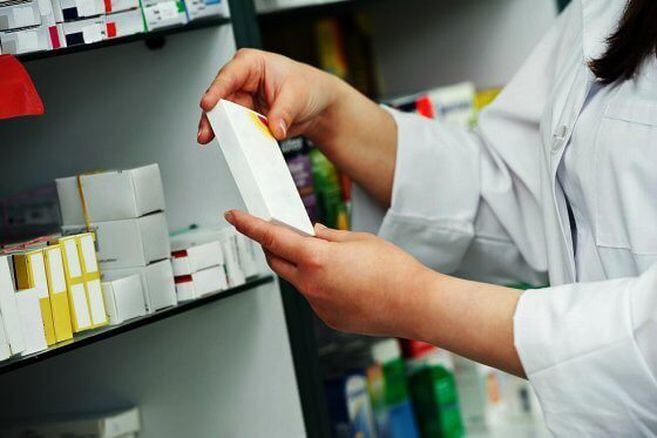
[ad_1]
The main concern is that by administering antibiotics to patients who do not require it, a serious problem could be generated: bacterial resistance and the birth of superbugs.
Because SARS-CoV-2 is a viral infection and the resulting illness is usually mild in children, an infant with COVID-19 is not expected to receive antimicrobials routinely. However, a study in five Latin American countries found that a quarter of pediatric patients diagnosed with COVID-19 received antibiotics. (Read COVID-19: What will happen in the country after Easter?)
The group of researchers obtained this result by analyzing a sample of 990 patients under 18 years of age – in the same proportion of men and women – with a diagnosis of COVID-19 or multisystem inflammatory syndrome from Mexico, Colombia, Peru, Argentina and Costa Rica.
“While it is true that some patients had a concomitant infection or condition that did require the use of antibiotics, a large proportion of pediatric patients did not need them since the symptoms were caused by SARS-CoV-2,” he told SciDev. Net via email the coordinator of the study, the doctor and epidemiologist Adriana Yock-Corrales, from the Pediatric Emergency Department of the Hospital Nacional de Niños “Dr. Carlos Sáenz Herrera ”in San José (Costa Rica).
The results, published in the journal Acta Pediátrica on March 19, also indicated that the most common source of transmission for the new coronavirus was a parent (28.4% of cases).
They also confirmed the low risk of complications generated by this virus in the pediatric population, since of the total of 303 (30.6%) children who were admitted to the hospital, only 47 (4.7%) required admission to a Pediatric Intensive Care Unit (PICU).
Differentiating an infection caused by bacteria from one caused by viruses is not always an easy task for doctors. Much less in the midst of a pandemic caused by a new virus, whose manifestations in the pediatric population are not yet understood.
The authors reported the appearance of fever in 677 cases (68.4%); symptoms suggestive of respiratory tract infection in 466 (47.1%) and gastrointestinal symptoms in 301 (30.4%).
“This result implies that the majority of patients will present with fever and, in a very low proportion, the classic respiratory symptoms expected in this pathology. For the purposes of the pandemic, it must be emphasized that the pediatric patient does not always meet the epidemiological case definitions for SARS-CoV-2 infection, so a high index of suspicion is necessary, ”Yock-Corrales stressed.
The main concern for the authors of the research is that administering antibiotics to patients who do not require it could generate bacterial resistance and ultimately promote the birth of superbugs, as those that cannot be eliminated with existing drugs are called.
This same phenomenon has been reported in the adult population. But Valerie Vaughn and her colleagues at the University of Michigan reported, after analyzing a cohort of 1,705 patients at various hospitals, that the probability of bacterial coinfection in hospitalized patients with COVID-19 was only 3.5% at the time of presentation. .
Despite this, the reported use of antibiotics in hospitalized COVID-19 patients ranged from 27% to 84%. A similar result arises from a meta-analysis according to which the overall proportion of COVID-19 patients with bacterial infection was 6.9%, but 71.9% received antibiotics.
“The severity of patients with COVID-19 and the few effective therapeutic options against COVID-19 induce the prescription of antibiotics due to the suspicion of bacterial superinfection,” infectologist Carlos Álvarez, coordinator in Colombia of studies on COVID-19 for the World Health Organization who recently published a reflection on this same threat in the adult population.
“However, we increasingly know that bacterial coinfection in patients with COVID-19 is rare in the initial phases and only in those patients who remain hospitalized for several days could secondary infections occur,” he added.
For the doctor and infectologist Iván Felipe Gutiérrez, from the Santa María del Lago Children’s Clinic in Bogotá (Colombia), an even more worrying aspect of the work published by his colleagues is that “the most frequently prescribed antibiotics were cephalosporins, mainly ceftriaxone, with a percentage higher than that of penicillins ”.
Ceftriaxone is considered a broad spectrum antibiotic and is an important contributor to selection and pressure for the emergence of multidrug resistant pathogens. “The appearance of this type of pathogens will be another of the unwanted consequences of this pandemic,” Gutiérrez warned.